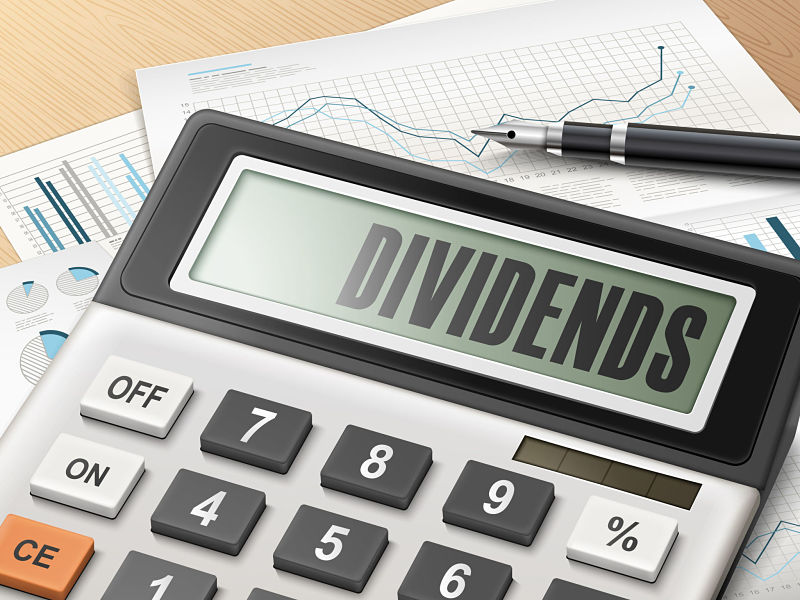
The roughly two dozen ETFs in the Canadian dividend and income equity category are a microcosm of the broad ETF universe.
Taking a traditional ETF approach are passive market-cap-based funds. At the other end of the strategy spectrum are fully active mandates, a newer ETF breed historically associated with mutual funds.
Falling somewhere in between are strategic-beta approaches. Neither passive nor fully active, they rely on selecting quantifiable factors.
As past performance indicates, any of these three main strategies — passive, fully active and factor-based — can generate above-average returns.
One of the simplest strategies, and among the most effective over the past 10 years, is that of the $2.4-billion Vanguard FTSE Canadian High Dividend Yield Index ETF.
First, the strategy ranks large-, mid- and small-cap stocks according to their annual forecasted dividend yields. Then it goes down the list until the combined market capitalization accounts for 50% of the total universe. Finally, the stocks that meet this threshold are weighted according to their market capitalization.
“It’s a simple methodology which has stood the test of time,” said Sal D’Angelo, head of product with Toronto-based Vanguard Investments Canada Inc.
D’Angelo noted the ETF is a top-quartile performer in its peer group over the past three, five and 10 years. This is despite the strategy making no attempt to screen for qualities such as dividend growth, financial strength or payout ratios.
Cost is a big factor in explaining the ETF’s strong performance, D’Angelo said. Its management expense ratio (MER) of 0.22% is one of the lowest in its category, and this cost advantage has compounded over time.
The Vanguard ETF’s heavy weighting in financial and energy stocks — currently 56% and 28%, respectively — has also worked in its favour because these sectors have done well historically, D’Angelo said. But this leaves the portfolio subject to higher sector-concentration risk than some of its competitors.
A strikingly different approach to dividend investing is that of the $180-million Dynamic Active Canadian Dividend ETF, managed by Toronto-based 1832 Asset Management LP.
Dividend yield is “the last part of the process,” said lead manager Don Simpson, and the Dynamic team doesn’t rely on quantitative screens. Instead, it focuses on identifying well-managed, profitable businesses that can increase their dividends and generate superior total returns over time.
“Whenever you lead with yield as your reason for owning something,” Simpson said, “you often get into those situations where people are just asking about how they keep paying the yield, rather than how the business is going to keep growing.”
Though the ETF’s emphasis is on total return, not dividends, Simpson said he and his colleagues seek to build a portfolio with above-average yield compared with the S&P/TSX Composite index. “We’re fortunate right now that we have a lot of very high-quality businesses in Canada that are paying above-average dividend yields.”
Diversification by industry sector is a key element of the Dynamic ETF’s strategy. At least seven sectors are always represented in the portfolio, and there are constraints on the maximum exposure to any one sector.
Unlike most of its peers, the ETF can hold up to 30% in non-Canadian securities, and currently its foreign exposure is about 15%. Simpson said these holdings provide increased diversification, particularly in the technology and health-care sectors.
A minor drawback, for investors in non-registered accounts, is that U.S. and other foreign dividends aren’t eligible for dividend tax credits.
The Dynamic ETF’s reported MER of 0.84% is nearly four times higher than its Vanguard rival, but Simpson and his team have cleared that fee hurdle handily since the fund’s inception in January 2017.
At Dec. 31, the Morningstar four-star rated ETF was the top five-year performer in its category, returning an annualized 12.7%. It has received praise from Morningstar analysts for its sound investment process and strong management team.
An attractive combination of low fees and above-average returns in its peer group, and similarly well regarded by Morningstar, is the $986-million iShares Core MSCI Canadian Quality Dividend Index ETF (XDIV). Along with its five-star Morningstar rating, the factor-based ETF is also the category’s low-cost provider, with an MER of just 0.11%.
Quality criteria haven’t diminished the income distributions of this highly concentrated portfolio of fewer than 20 holdings. Its recent dividend yield is a lofty 6.2%, the highest of the four iShares ETFs in this category.
“XDIV incorporates many of the security-level screens that investors generally seek in dividend-focused strategies, such as screens for high equity income, dividend growth, dividend persistence and sustainability, and quality through the lens of strong company fundamentals,” said Hail Yang, director, product consulting, with Toronto-based BlackRock Asset Management Canada Ltd.
Yang said most dividend strategies, including those of iShares, have elements of both divided growth and dividend yield. But some ETFs will tend to emphasize one or the other.
The $1.6-billion iShares Canadian Select Dividend Index ETF, for one, is tilted toward income, with a recent distribution yield of 5%. More than half of the assets in the 30-stock portfolio are in the financial sector.
Also in the dividend-yield camp is the $1.5-billion iShares S&P/TSX Composite High Dividend Index ETF (XEI), whose recent distribution yield is 5.4%. “XEI is more purely focused on high dividend yields, with sector capping to help balance the exposure,” said Yang.
An example of a more growth-oriented dividend strategy is the $882-million iShares S&P/TSX Canadian Dividend Aristocrats Index ETF, whose 90 holdings are largely mid-cap along with some small-cap stocks. Though the underlying index screens for dividend growth, the ETF’s recent distribution yield is a relatively modest 4.1%.
BlackRock Canada has the industry’s most extensive lineup of Canadian dividend ETFs, with combined assets of about $5.1 billion. Because of the differing methodologies, the number of holdings, sector weights and dividend yields will vary. Investors can “choose which strategy makes the most sense for them,” Yang said.